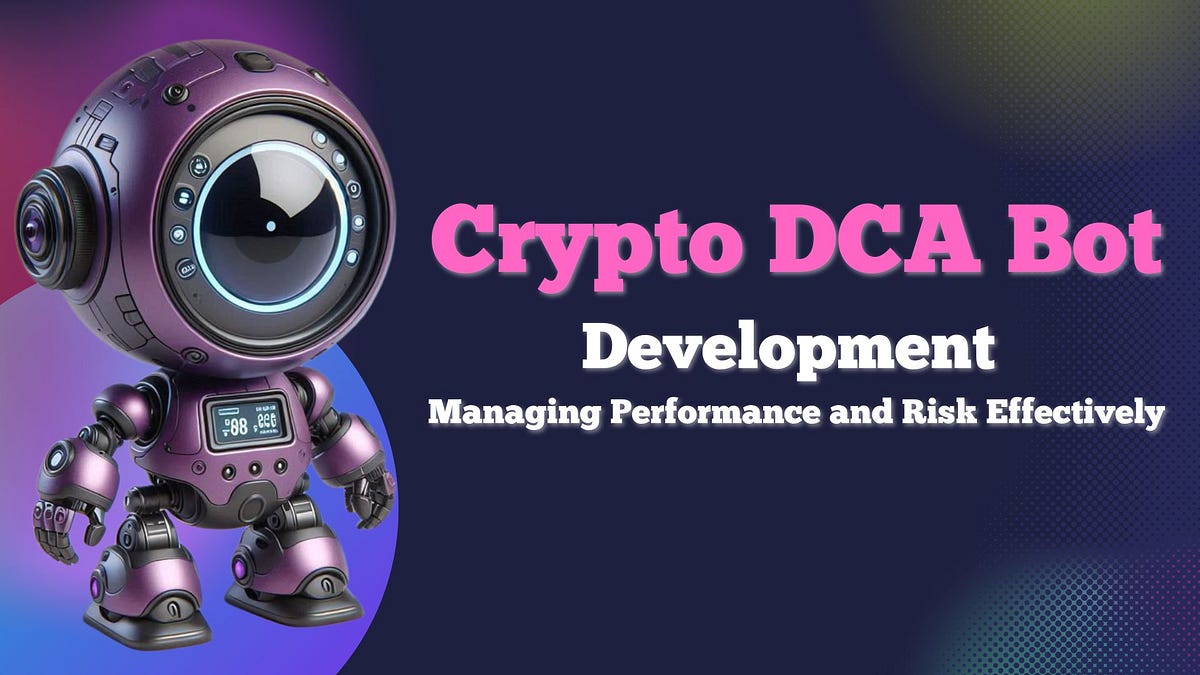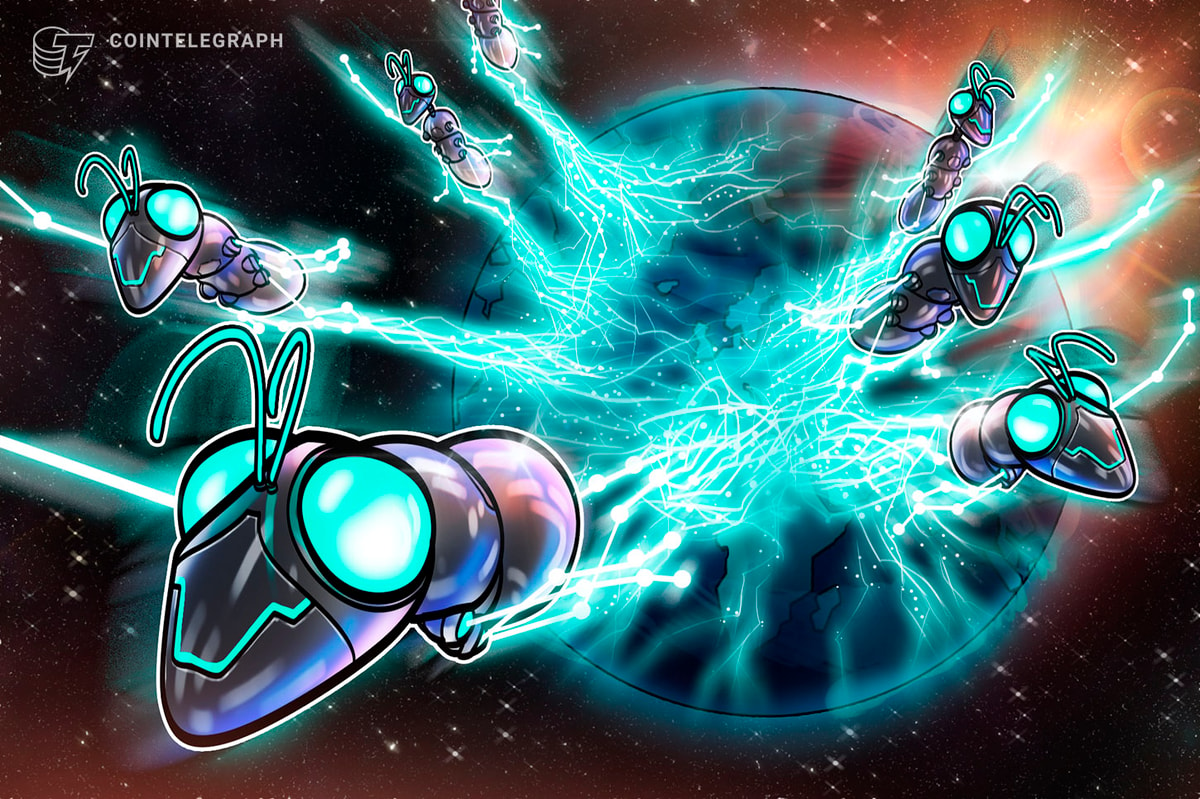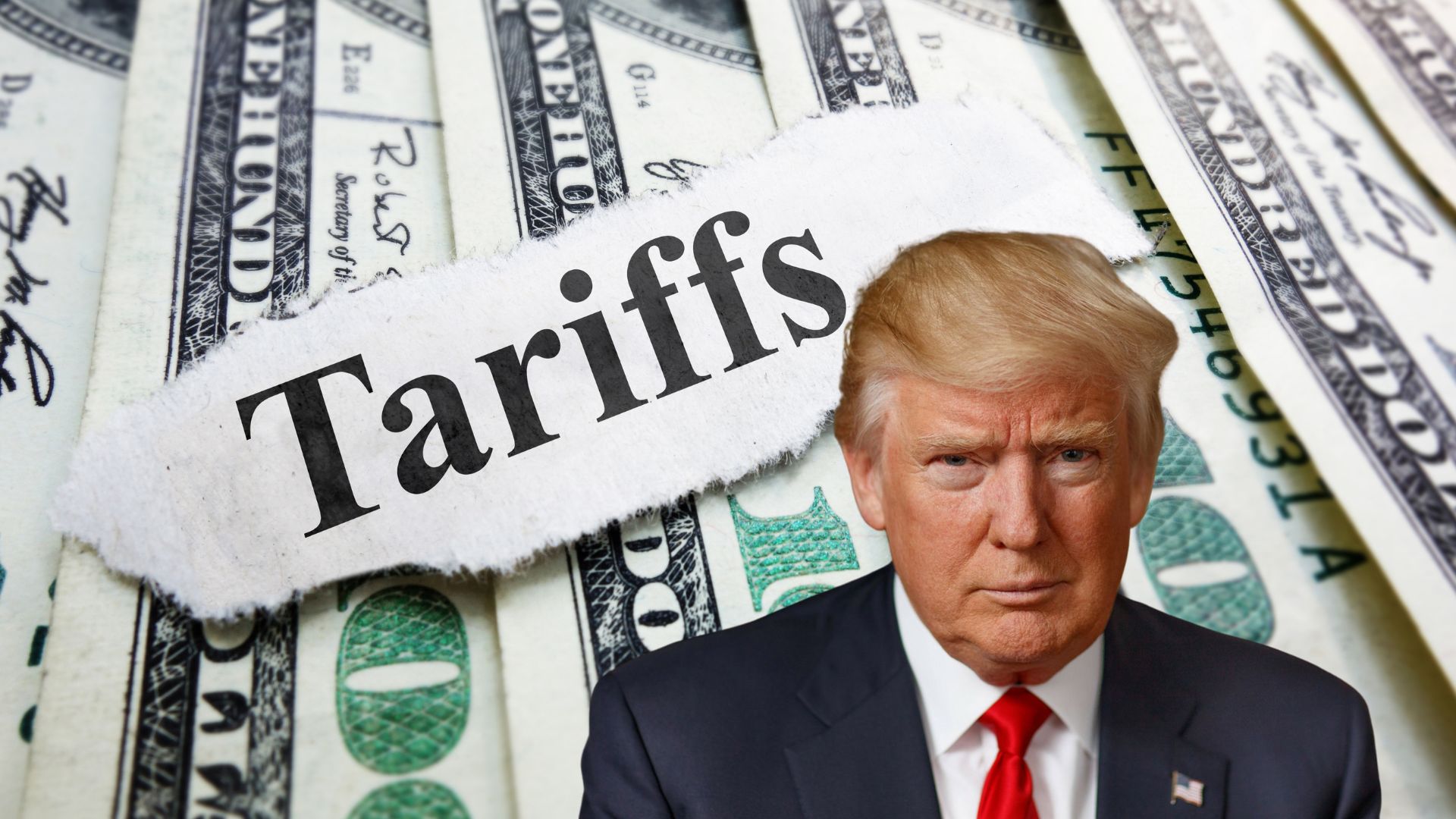Nassim Nicholas Taleb’s Intolerance Framework explains how a small, stubborn minority can impose its will on a more flexible majority. It’s why food labels now accommodate the most restrictive diets, why safety regulations conform to the most risk-averse, and why Bitcoin is inevitable.
At first glance, Bitcoin seems like just another financial experiment—something tech nerds and libertarians play with on the fringes. But what most people miss is that Bitcoin doesn’t require mass adoption to succeed. It only needs a dedicated, unyielding minority to refuse anything else. And that’s exactly what’s happening.
Taleb’s idea is simple: when a small percentage of a population refuses to compromise, the majority eventually gives in—not because they agree, but because it’s easier to go along than to resist. Over time, what starts as a fringe preference becomes the norm.
Bitcoin is following the same path. It’s not asking for permission. It’s not waiting for mainstream approval. It just keeps running, block after block, while more people realize that opting out of the traditional system isn’t just a choice—it’s a necessity.
The financial world is built on flexibility—central banks manipulate the money supply, institutions bend to political pressure, and fiat systems adjust to short-term needs. Bitcoin does none of that. It is intolerant by design.
Fixed Monetary Policy: No bailouts, no inflationary printing, no last-minute policy reversals. There will only ever be 21 million Bitcoin, and no one—not a central bank, not a government, not Wall Street—can change that. If you want in, you play by Bitcoin’s rules.
Censorship Resistance: Bitcoin doesn’t care if a government tries to block transactions. It doesn’t recognize borders or financial sanctions. It just moves value from one place to another, whether the legacy system approves or not.
Protocol Stability: Hard forks and altcoins have tried to change Bitcoin’s rules, but the intolerant minority refuses to budge. The network only upgrades when consensus is strong, and that’s why Bitcoin remains the dominant digital asset while countless others fade into irrelevance.
At first, Bitcoin was ignored. Then it was laughed at. Then it was attacked. Now, it’s being integrated.
The same institutions that dismissed Bitcoin months ago are now scrambling to offer ETFs, custody services, and payment solutions. Why? Because the intolerant minority never stopped stacking, never stopped running their nodes, never stopped reinforcing the principles that make Bitcoin valuable in the first place.
Governments are legalizing it. Corporations are adopting it. Even central banks, once dismissive, are being forced to respond with digital currencies of their own. Not because they want to—but because they have to. The financial world is bending, little by little, to Bitcoin’s rules.
Bitcoin doesn’t need to overthrow the entire system overnight. It just needs to survive. Every day that Bitcoin continues to function, every block that gets added to the chain, its position becomes stronger. Its intolerance makes it resilient. Its minority makes it inevitable.
People think Bitcoin needs mass adoption to succeed. The truth is, Bitcoin just needs a small, principled group to refuse to accept anything else.

 2 weeks ago
22
2 weeks ago
22







 English (US) ·
English (US) ·